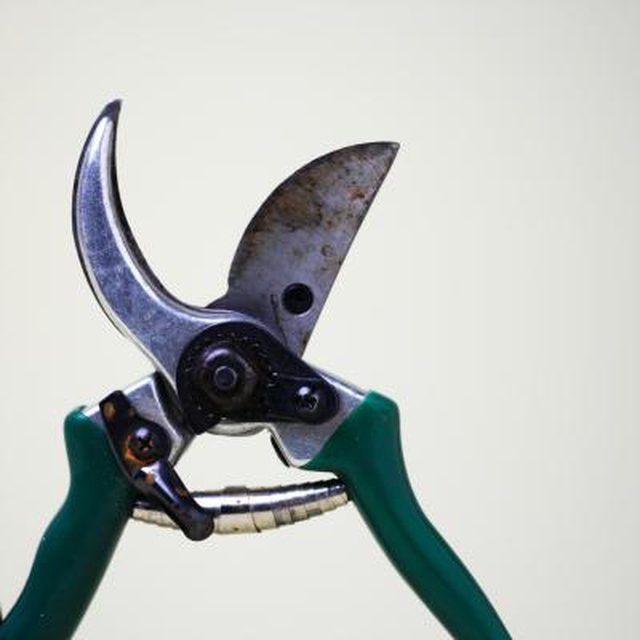Bulbs
Flower Basics
Flower Beds & Specialty Gardens
Flower Garden
Garden Furniture
Garden Gnomes
Garden Seeds
Garden Sheds
Garden Statues
Garden Tools & Supplies
Gardening Basics
Green & Organic
Groundcovers & Vines
Growing Annuals
Growing Basil
Growing Beans
Growing Berries
Growing Blueberries
Growing Cactus
Growing Corn
Growing Cotton
Growing Edibles
Growing Flowers
Growing Garlic
Growing Grapes
Growing Grass
Growing Herbs
Growing Jasmine
Growing Mint
Growing Mushrooms
Orchids
Growing Peanuts
Growing Perennials
Growing Plants
Growing Rosemary
Growing Roses
Growing Strawberries
Growing Sunflowers
Growing Thyme
Growing Tomatoes
Growing Tulips
Growing Vegetables
Herb Basics
Herb Garden
Indoor Growing
Landscaping Basics
Landscaping Patios
Landscaping Plants
Landscaping Shrubs
Landscaping Trees
Landscaping Walks & Pathways
Lawn Basics
Lawn Maintenance
Lawn Mowers
Lawn Ornaments
Lawn Planting
Lawn Tools
Outdoor Growing
Overall Landscape Planning
Pests, Weeds & Problems
Plant Basics
Rock Garden
Rose Garden
Shrubs
Soil
Specialty Gardens
Trees
Vegetable Garden
Yard Maintenance
How to Stop Tree Root Sprouts
How to Stop Tree Root Sprouts. Unwanted shoots that grow from tree roots are a common problem in many landscapes. Also called suckers, these shoots are not only unsightly, they use up valuable energy that your tree would otherwise use to grow, flower or produce fruit. If you have a tree that is sending up suckers from it roots, you will likely...

Unwanted shoots that grow from tree roots are a common problem in many landscapes. Also called suckers, these shoots are not only unsightly, they use up valuable energy that your tree would otherwise use to grow, flower or produce fruit. If you have a tree that is sending up suckers from it roots, you will likely never be rid of the problem in its entirety. You can, though, reduce their reoccurrence, especially if you incorporate more than one management technique. If the shoots are growing from a tree stump and its remaining roots, you can stop those suckers with the use of a herbicide.
Things You'll Need
Pruning shears
Rubbing alcohol or disinfectant
Lawn mower
String trimmer
Trowel
Mulch
Paintbrush
Ready-to-use herbicide
Give the suckers a quick pull to rip them off. This works well for shoots that are growing from the roots located at the base of the tree. You are more likely to remove buds if you rip out the shoots rather than cut them. Removing the buds further helps prevent regrowth.
Sterilize a pair of pruning shears with rubbing alcohol or a disinfectant spray. Cut the tree shoots that are too thick to rip off. Cut them as low as possible so you are more likely to remove their buds.
Mow over root suckers, or cut them down with a string trimmer. Do this every time you mow your lawn to keep the shoots from growing back in full vigor.
Dig 3 or 4 inches deep into the ground. Cut or rip the suckers at that point. Removing tree shoots in this manner will result in fewer resprouts than just mowing them.
Spread a 2-inch layer of mulch, such as shredded bark, where the suckers are an issue. Shading the area helps prevent them from forming or resprouting.
Paint a ready-to-use herbicide directly on a freshly cut stump to stop it and the roots from producing suckers. Use a herbicide that is labeled as a brush killer or stump killer. If the stump is not freshly cut or if sprouts grow despite a previous herbicide application, recut the stump and immediately paint on the herbicide.
Spray a ready-to-use broadleaf or non-selective herbicide directly on the root suckers that are growing from a tree stump or its roots. Wear protective clothing, and apply the herbicide on a windless day to avoid overspray. Do not use this method if the parent tree is not a cut-down stump but is instead still growing and desired, because it can harm the tree as well as the suckers.